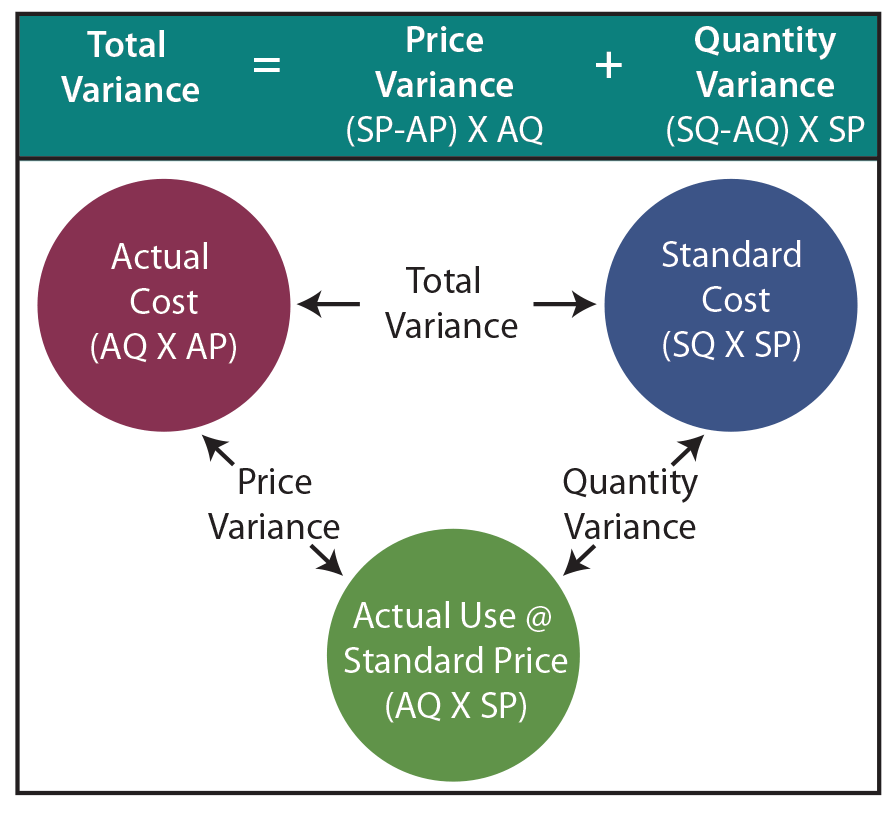PTO Accruals Calculator

As a result, the average American worker receives about two weeks of paid vacation per year, significantly less than their European counterparts. This discrepancy highlights differing national priorities, with the U.S. placing a greater emphasis on work productivity and individual responsibility for managing time off. We’ve put together a simple guide to help you understand how to calculate vacation pay for hourly employees and make sure you and your employees get the time off they deserve. Knowing how to calculate vacation pay for hourly employees is part of managing your team.
Smart growth is smart business
Consider what makes the most sense for your business structure and resources. As a business owner, you are not legally required to provide paid time off to your employees, but paid vacation boosts employee morale and satisfaction with the company. Figuring out how to calculate vacation pay for hourly employees is a quick way for even a small business to improve their workforce management. Tracking vacation pay for hourly employees can be done manually with spreadsheets or automatically with timekeeping systems. Using dedicated payroll or accounting software is the most efficient and accurate way to track accrued vacation. These tools automate calculations, reducing the risk of errors and saving you valuable time.
How do I calculate vacation pay for hourly employees?
This article offers valuable insights into how vacation pay affects financial statements. For help streamlining your financial reporting, consider FinOptimal's managed accounting services. Employers must also consider the tax implications of accrued vacation pay, especially when it comes to financial reporting. Accrued vacation pay represents a liability on the company’s balance sheet, as it is an earned benefit that employees are entitled to receive. Properly accounting for this liability is crucial for accurate financial statements and compliance with accounting standards. Additionally, when employees leave the company, any unused vacation pay must be paid out and taxed accordingly, which can impact the company’s payroll and tax obligations.
- This standard clarifies how to account for the liability an employer incurs when employees earn vacation time.
- Determine what PTO structure works for your team, run the numbers to see what makes sense for your budget, and find a tracking method that works best for you.
- Accrued vacation time—the time off your employees have earned but haven't yet used—represents a real financial obligation for your business.
- Hourly vacation accrual is the best method when the hours your employees work are irregular.
How to Calculate PTO for Salary Employees

Accrued Vacation Pay and Its Impact on Financial Management reinforces the importance of this in financial planning, emphasizing its effects on both balance sheets and cash flow. Overlooking this liability can distort your company's financial picture. Accrued vacation time, the time off employees have earned but haven't yet used, has a significant impact on a company's financial statements. Understanding these impacts is crucial for accurate financial reporting and sound resource management. Let's explore how accrued vacation affects both the balance sheet and the income statement.
Buddy Punch allows managers to customize vacation accrual with a range of options. They can choose the accrual rates on an employee-by-employee basis, choose the accrual frequency for each employee, and the type of time off each employee accrues. Accrual and allotment are two approaches for distributing PTO to employees, but both deal with the total hours of vacation time an employee has. The US is one of only a few countries that doesn’t require companies to offer paid time off, but the average amount of vacation offered per year is 11 days. This calculation can also apply to vacation payouts for current team members when they’re left with unused vacation time that doesn’t roll over. You may even become frustrated with the process and decide to avoid offering paid vacation time at all, leading to unhappy employees.
How many hours/days will I accrue at a certain date?
Some offer these days as specific vacation, sick, personal, or parental leave days, each with its own quota. They can also set it so only a subset of employees have access to a certain time off type. This is useful if you want to add work-from-home days, or additional personal days are needed for certain employees. Both are common options, but allowing a negative balance accrual requires more oversight and tracking. There are no laws requiring companies to offer PTO, but if a company provides it, they’re beholden to certain laws.
First, this post looks at common formulas for calculating vacation accruals and other key aspects of vacation accruals. Then we take an in-depth look at how businesses can use Buddy Punch to handle this (and other) aspects of time tracking for them. The daily hourly rate is another accrual rate that is ideal for part-time employees. The only requirement is that the part-time employees work full eight-hour shifts. If the employees only work partial shifts or varying shifts, it may be better to choose a different accrual method. Vacation pay is usually calculated based on an employee’s salary, in the case of salaried workers.
Automatic accruals through our platform are reliable, trustworthy, and instant––saving you 25 to 47 minutes and $19.19 to $38.13 per employee every time you need to calculate accruals. All told, it takes 25 to 47 minutes and costs $19.19 to $38.13 to calculate how to calculate vacation pay the PTO balances for a single employee. Now multiply that by hundreds, thousands, or tens of thousands of employees. First, we calculate the total number of workdays for Emily in a year, considering that Emily works 5 days a week, 5 days/week.













